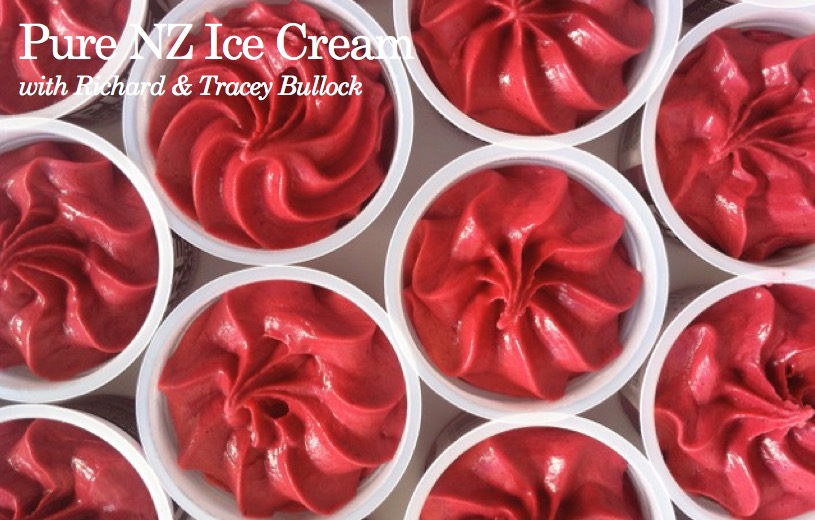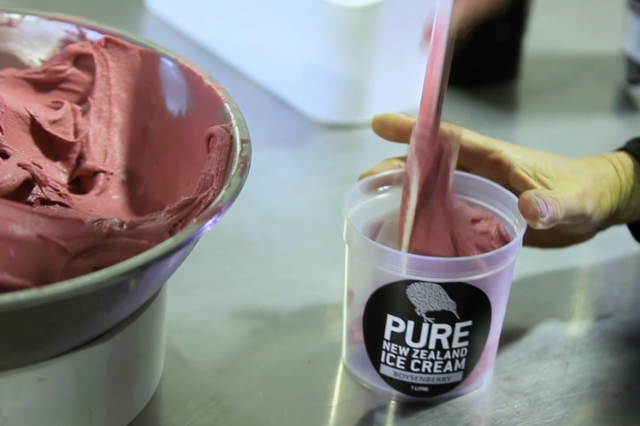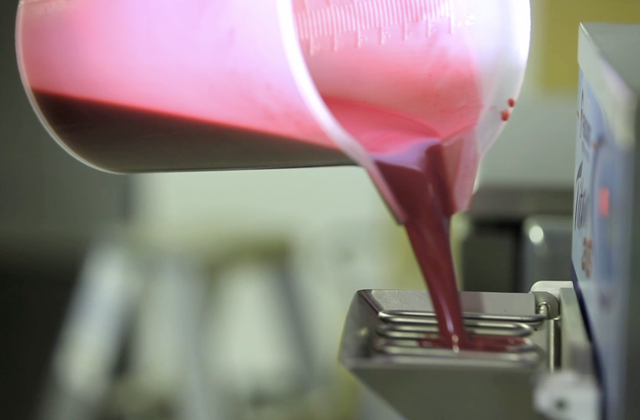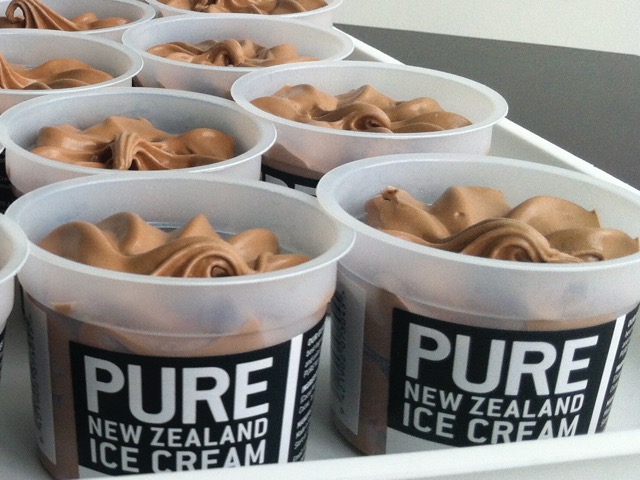




|

|






|

|















|
|
|

|
|
|



Nutritional Advice from Kim Malcolm
The Nutrition of a Cherry
Cherries are most commonly known for containing melatonin, the sleep hormone that is also naturally created in the body to regulate the circadian rhythms. As the body typically only creates melatonin in darkness not everyone is able to produce it, so eating cherries or taking natural cherry concentrated juice can boost your melatonin levels.
Cherries are high in the antioxidant that is associated with reducing inflammation in the body, so that makes them helpful for working against gout or arthritis. This also works to lower the risk of certain diseases like cancer and heart disease.
Additionally, cherries contain small levels of zinc, which is needed to support the immune system and moderate levels of potassium that support the heart.
The last bit of helpful information is that whether you are eating sweet or tart cherries they are 75% water and full of soluble fiber. So, all in all, this sweet treat is to be recognized as not just something that is extremely delicious to eat but also beneficial to your health!















|

|


|

|








|

|














Ingredients (serves 10):
Wet ingredients:
*You can flambé the alcohol to burn it off or use 30ml vanilla extract (which contains a little alcohol) for a non-alcohol version.
Binding Ingredients:
Dry ingredients:
Garnish:
Vegan Raw Christmas Cake Method:
This recipe is actually quite flexible. As long as you adhere to the simple principles of combining dry ingredients (ground nuts and seeds) and wet ingredients (dried fruit and liquids) along with the binding ingredients (ground linseed, water and coconut oil) you can mix and match the types of dried fruits and nuts as you wish.
Put all of the wet ingredients in a bowl together to soak.
Blend the dry ingredients in a food processor until they have reached a meal consistency. Ensure you do leave some nice big chunks for added textures so don’t over blend.
Put the the dry ingredients and wet ingredients into a food processor. Combine the binding ingredients in a separate bowl first and then add to the dry and wet ingredients in the food processor. Combine everything by pulsing again ensuring leave a little texture in the mixture.
Your cake mixture should be moist and combined at this point. You may need to add a little extra water at this point but the less moisture you can get away with the less you will have to dehydrate out of it later so only do this if it isn’t combining in the food processor or look dry.
Put into the dehydrator for a minimum of 4 hours up to 24 hours (depending on the moisture content you added and how moist you want your cake). If you don’t have a dehydrator, just put your oven onto its lowest setting (usually 50°C) and wedge the door slightly open with a steel dish cloth or something. If all else fails you can just skip the dehydrating step and put into the fridge – your cake will be quite moist though.
Once the cake has finished dehydrating you will notice that some of the oil will have risen to the top. Poke some holes in the cake to let it soak back in and then smooth the hole over with a spoon.
Sprinkle over the garnishes.
Refrigerate the cake for at least half an hour before serving.
Merry Christmas everyone. I hope you all have a happy and healthy New Year : )










Welcome to our Gift Hamper Service. Please confirm that you are aged 18 years or over if you are purchasing packages that include alcohol.
